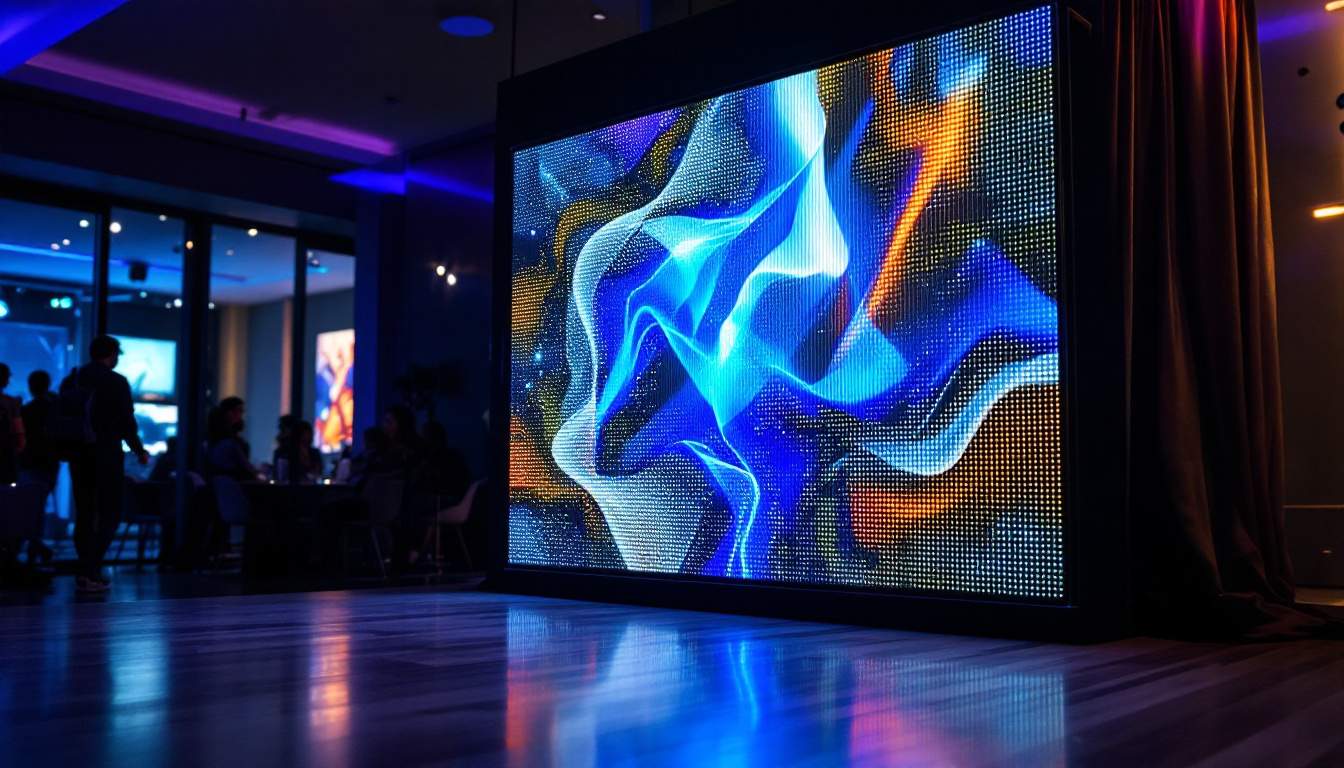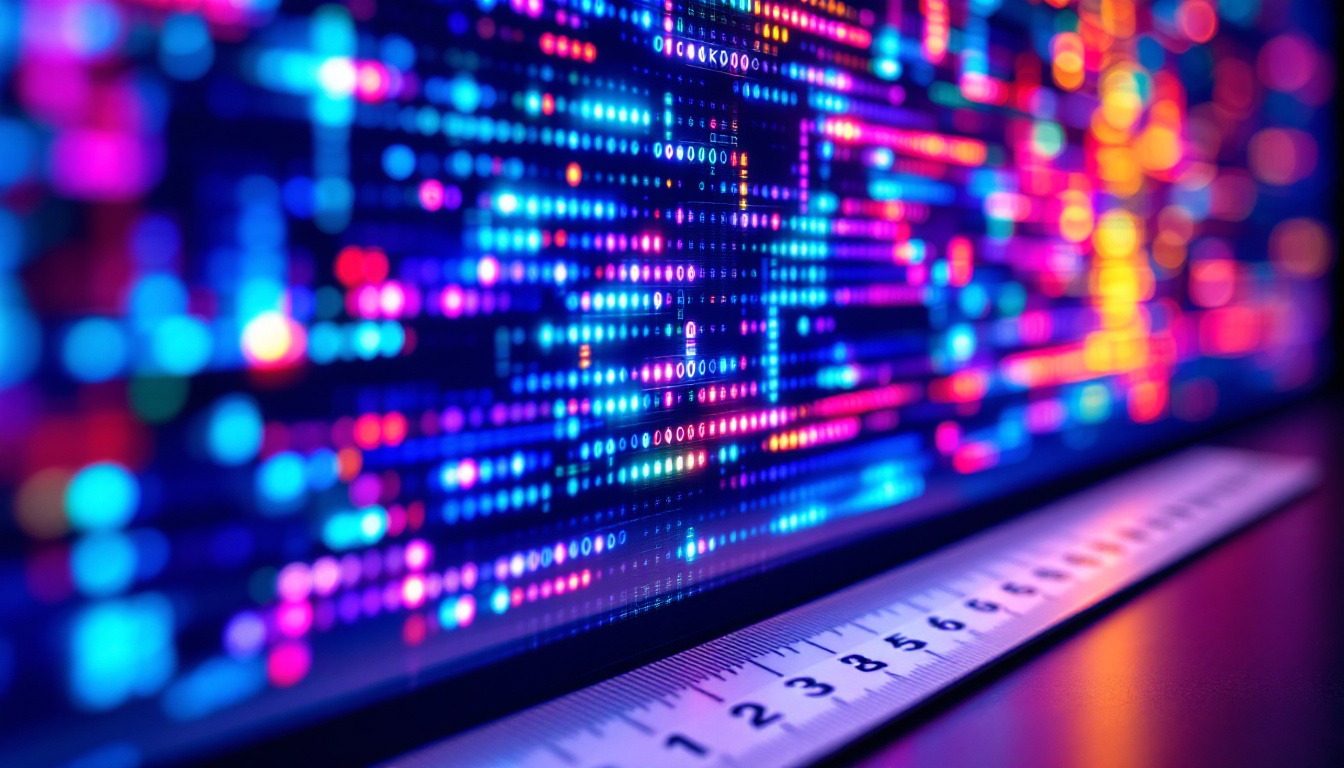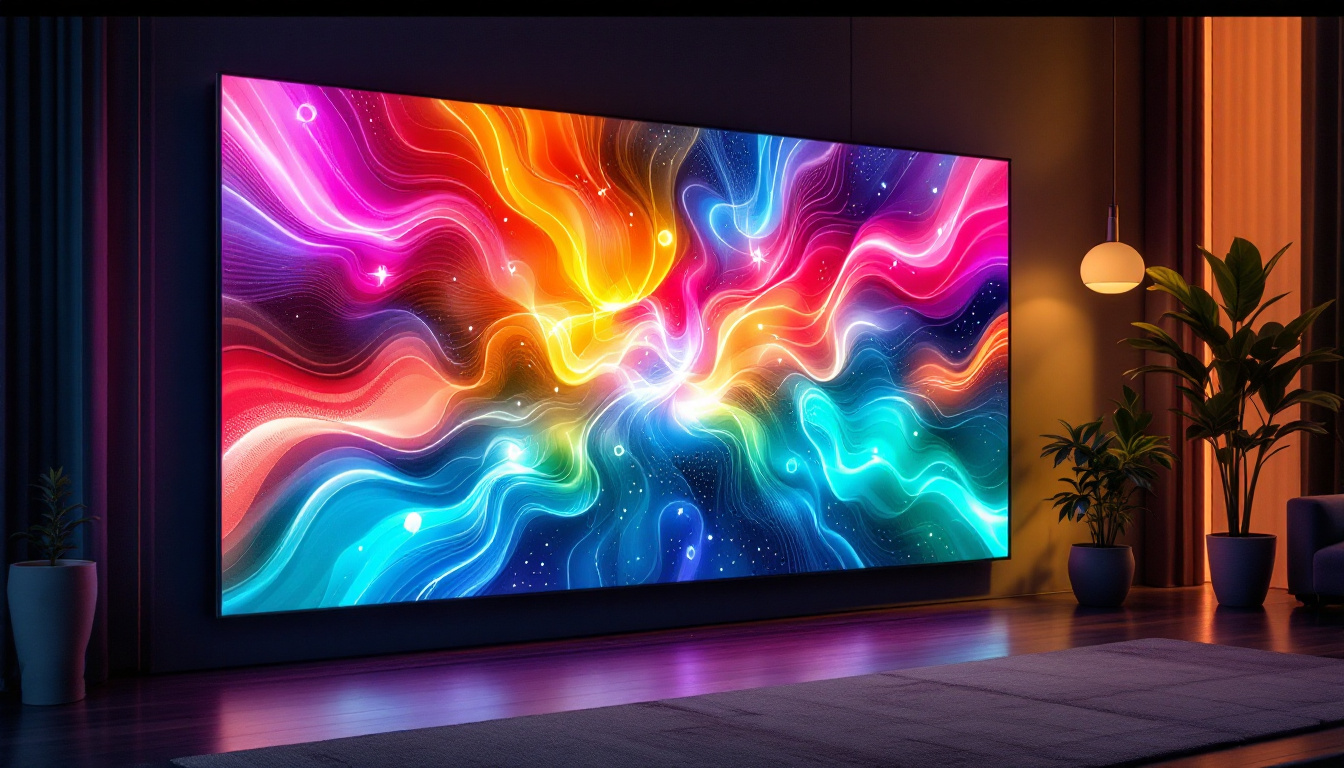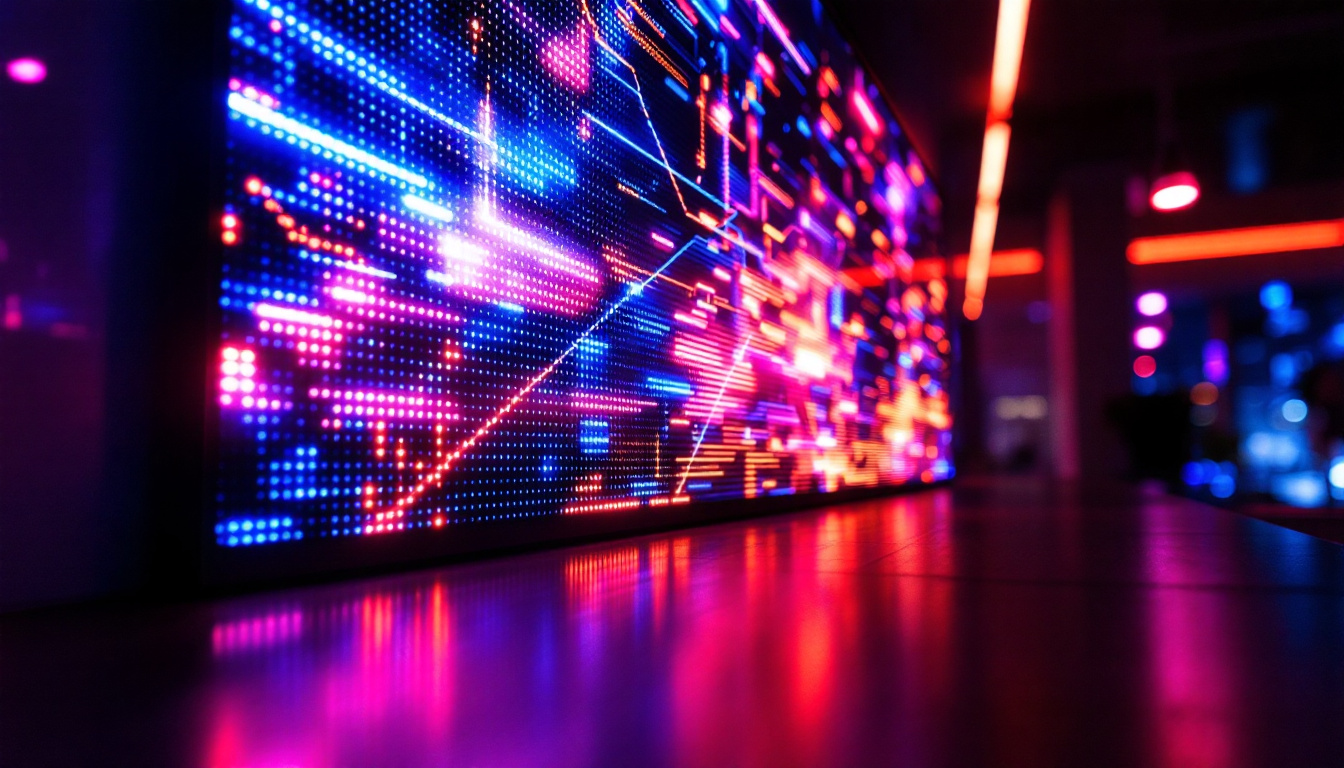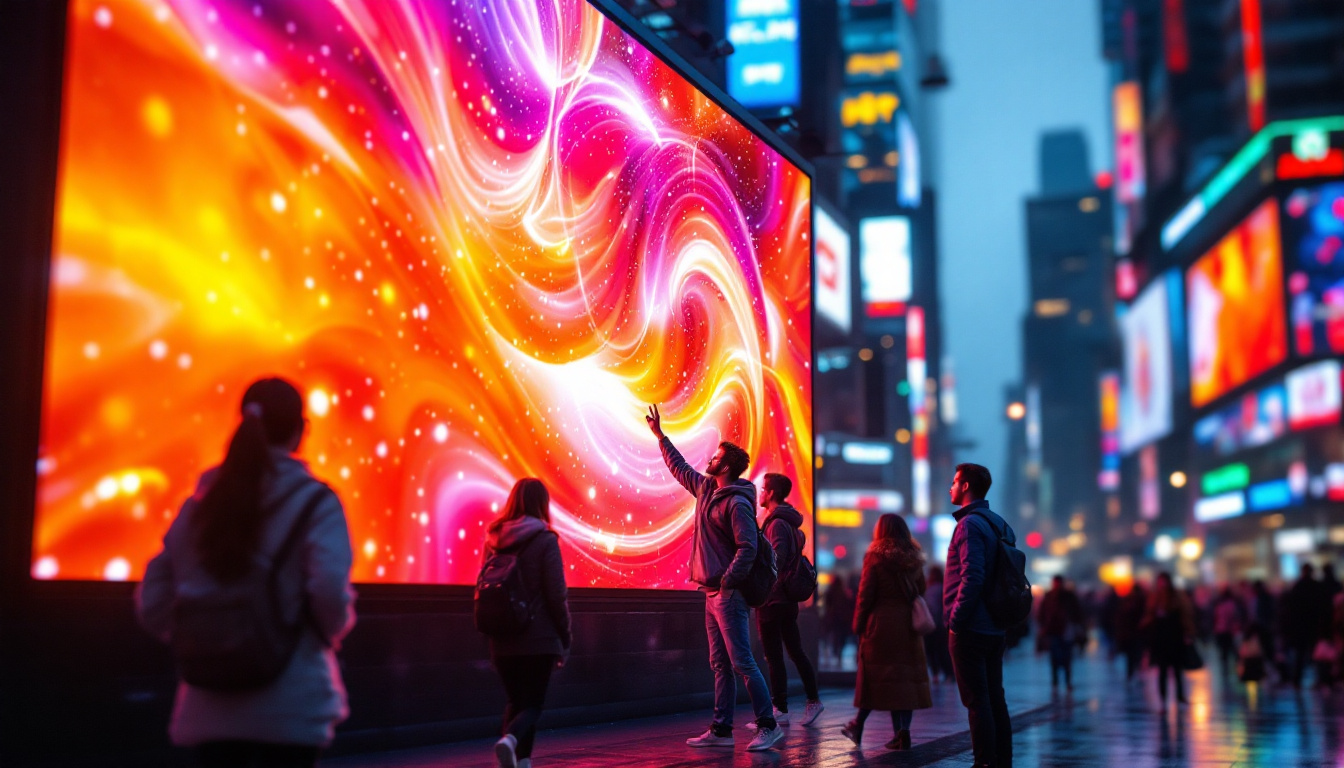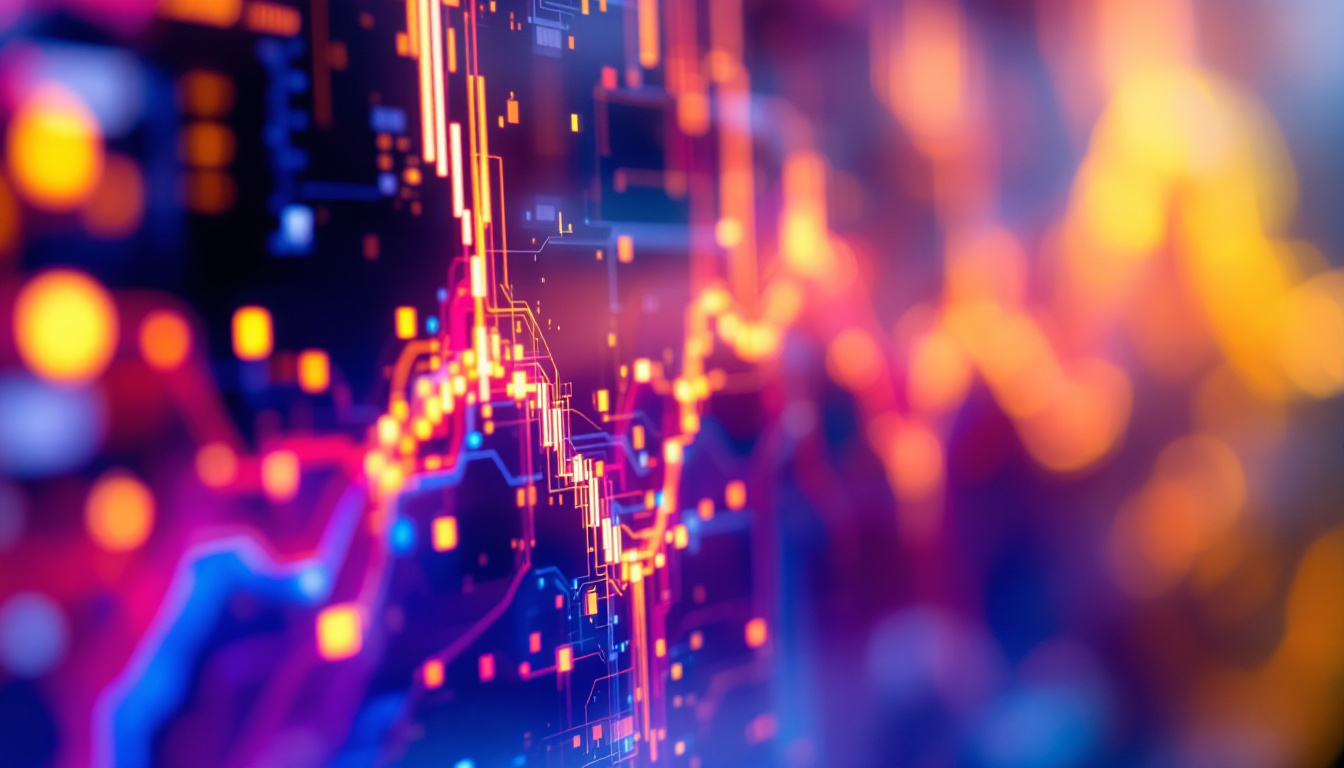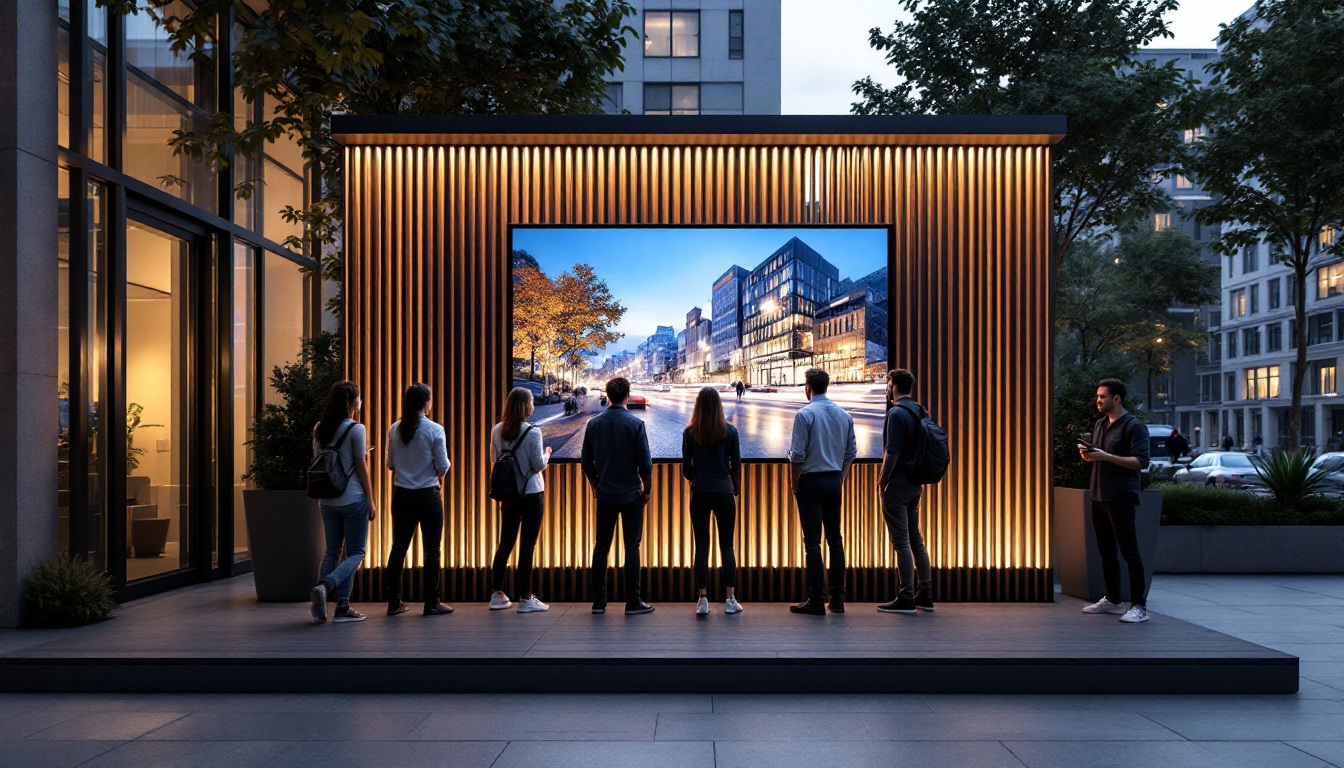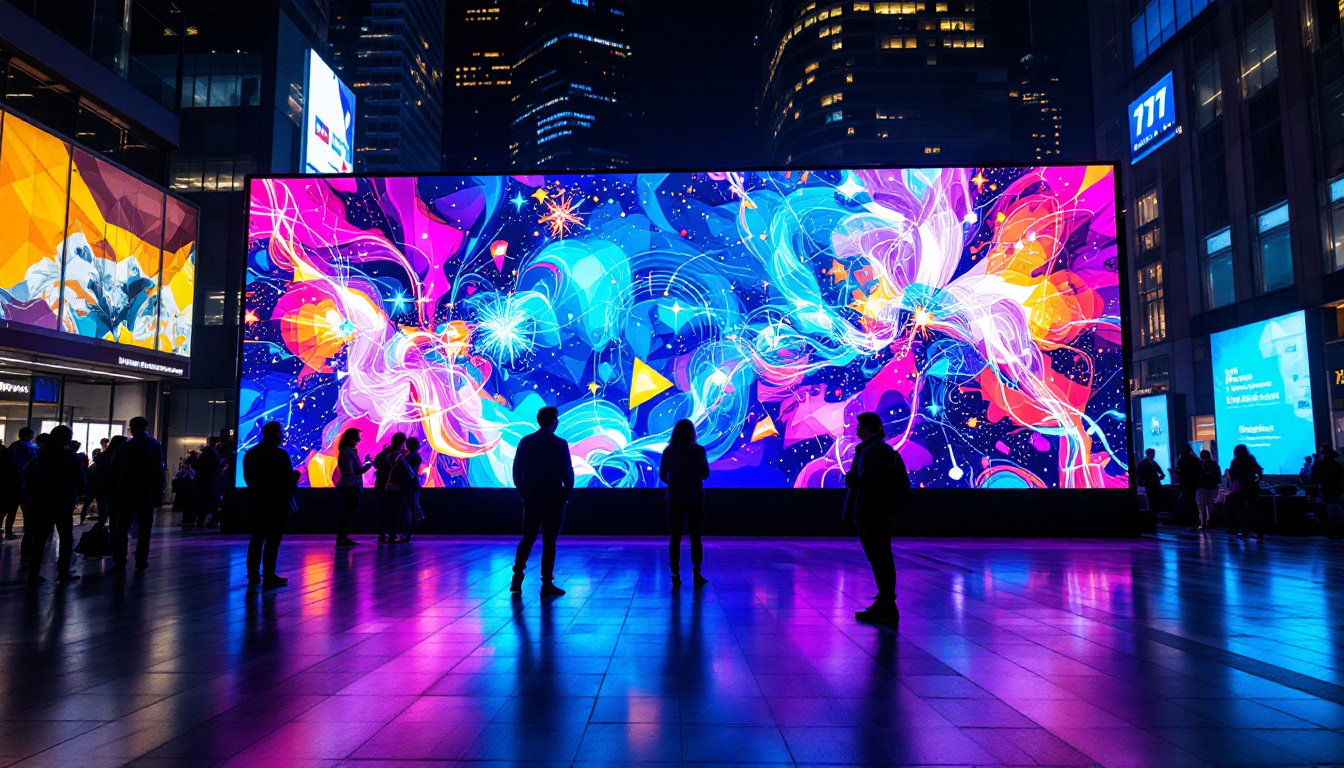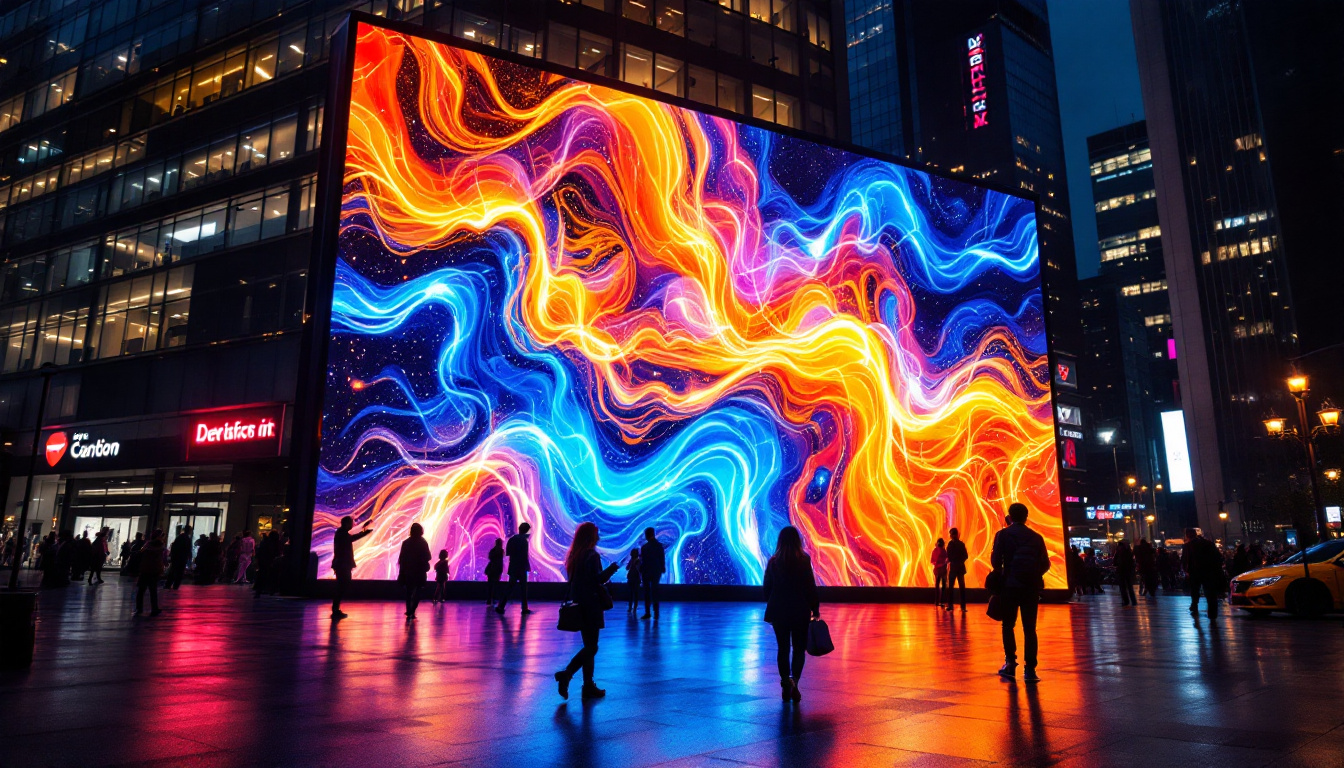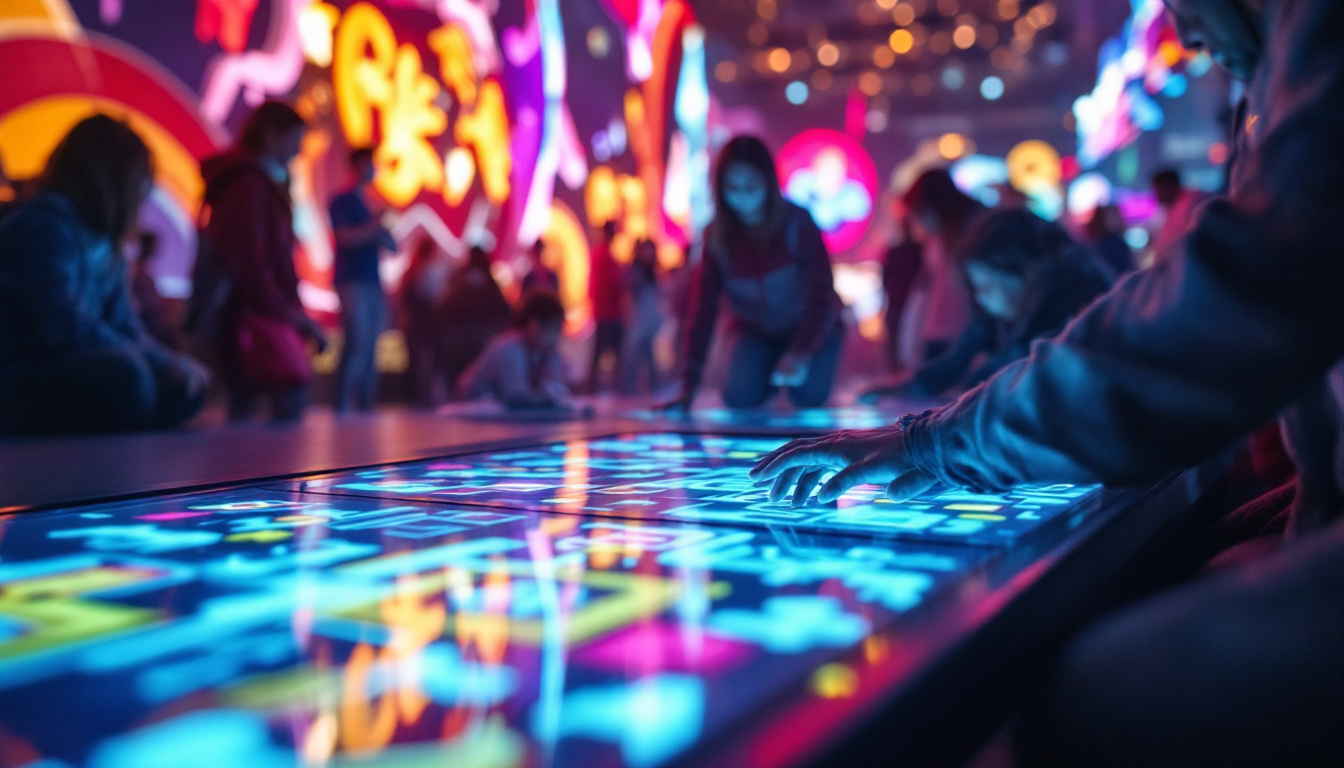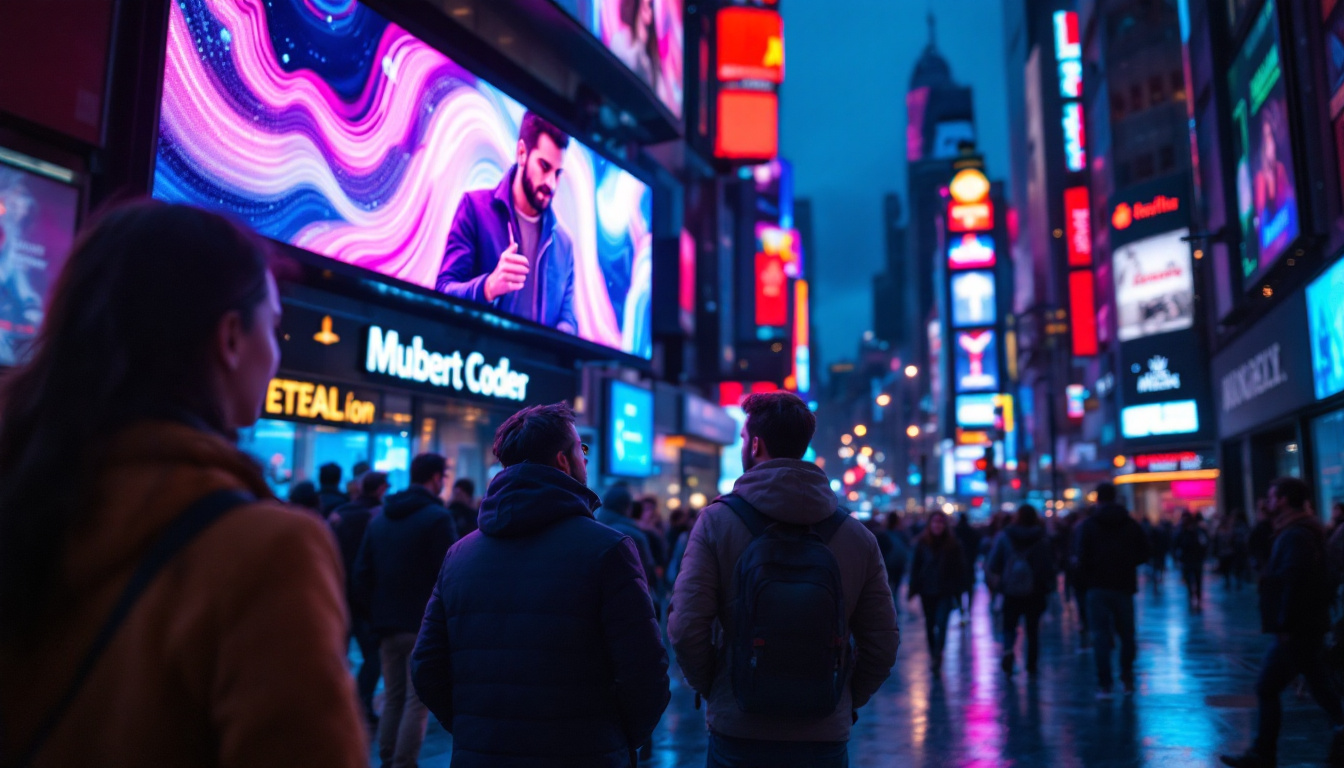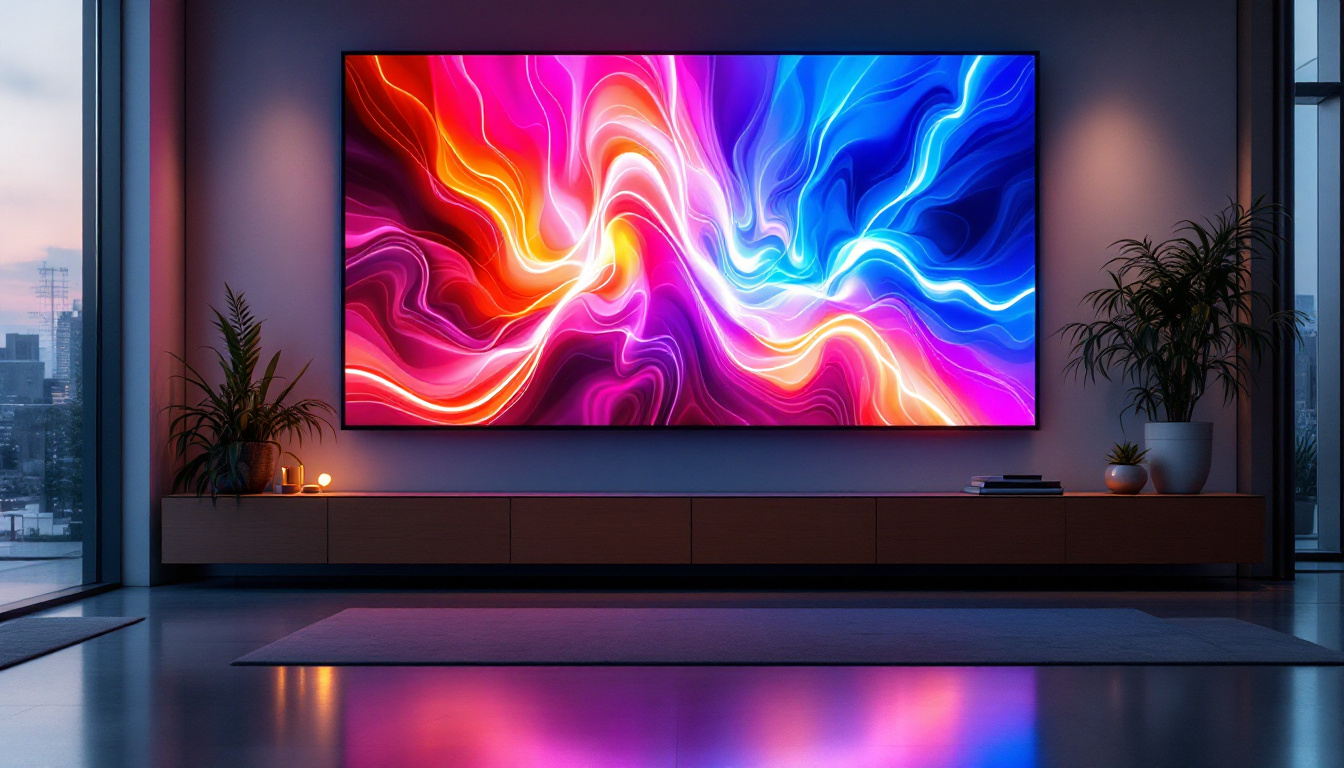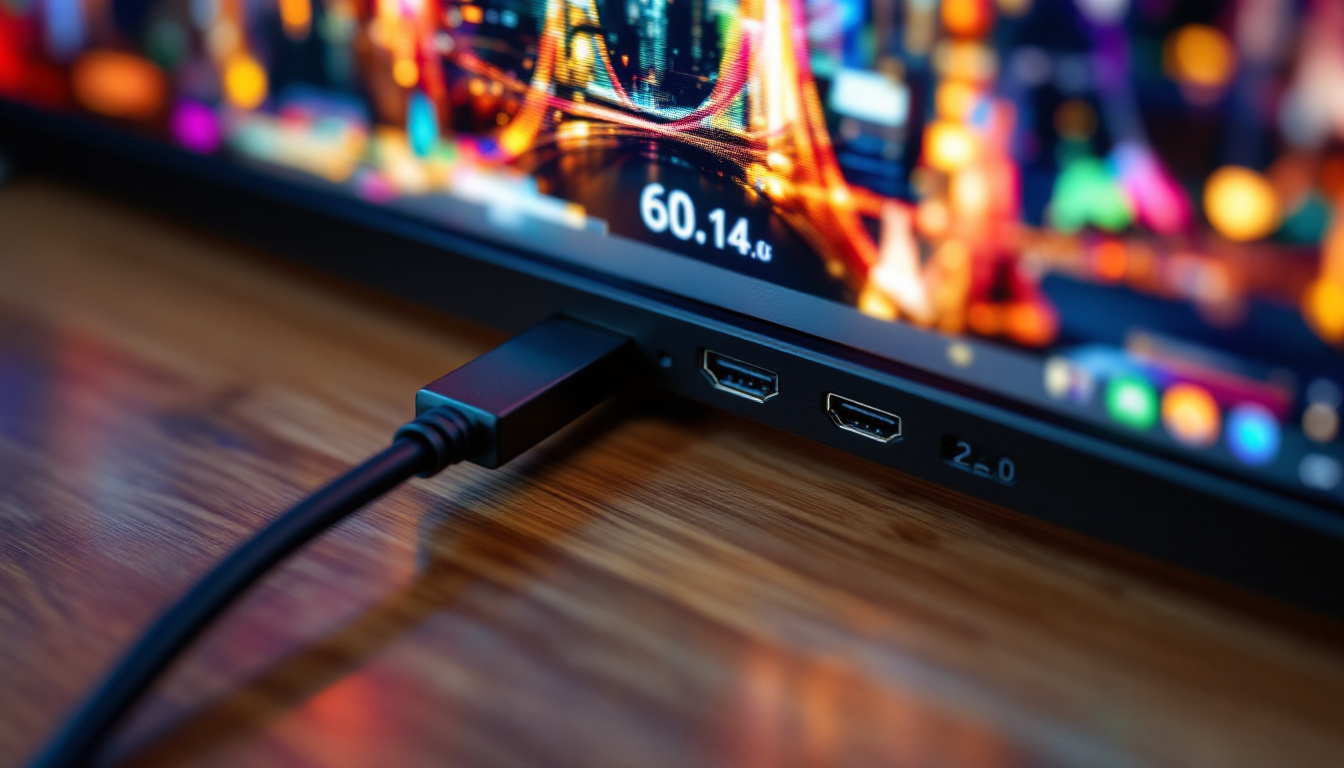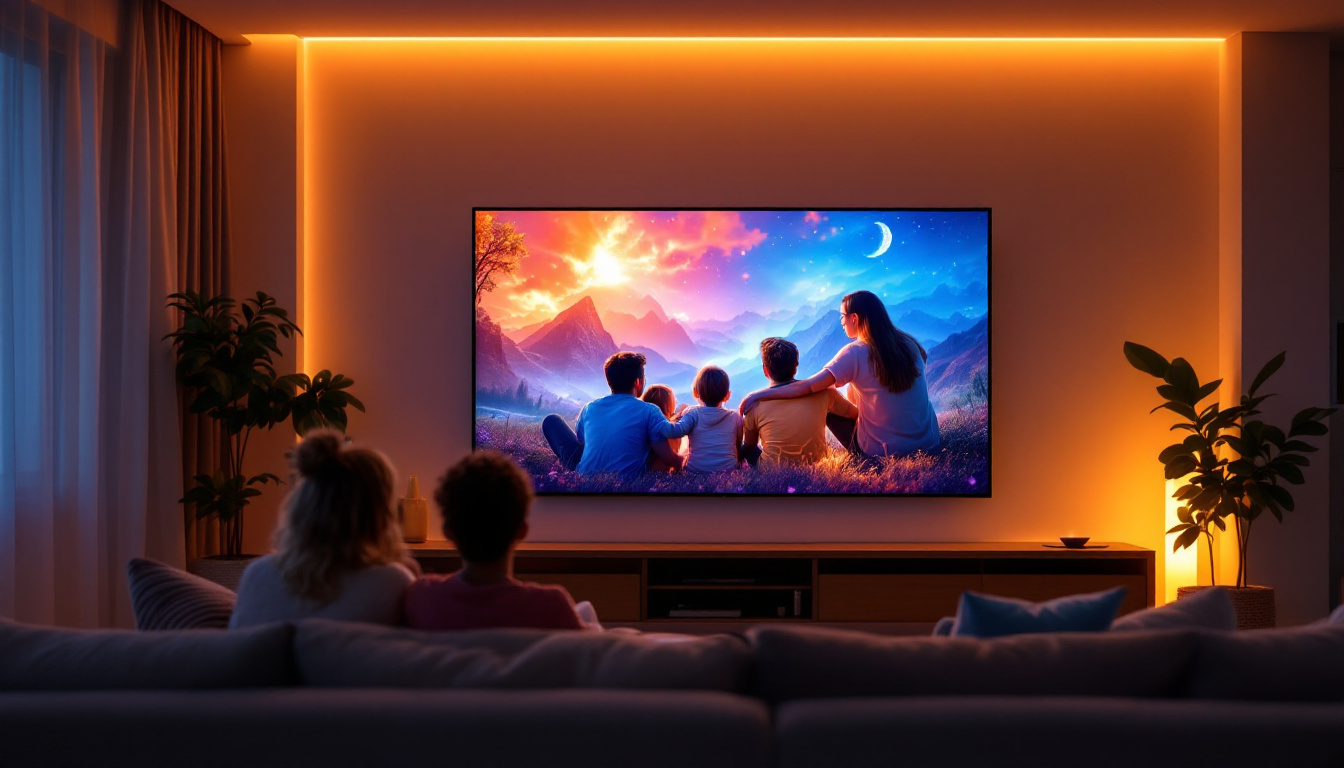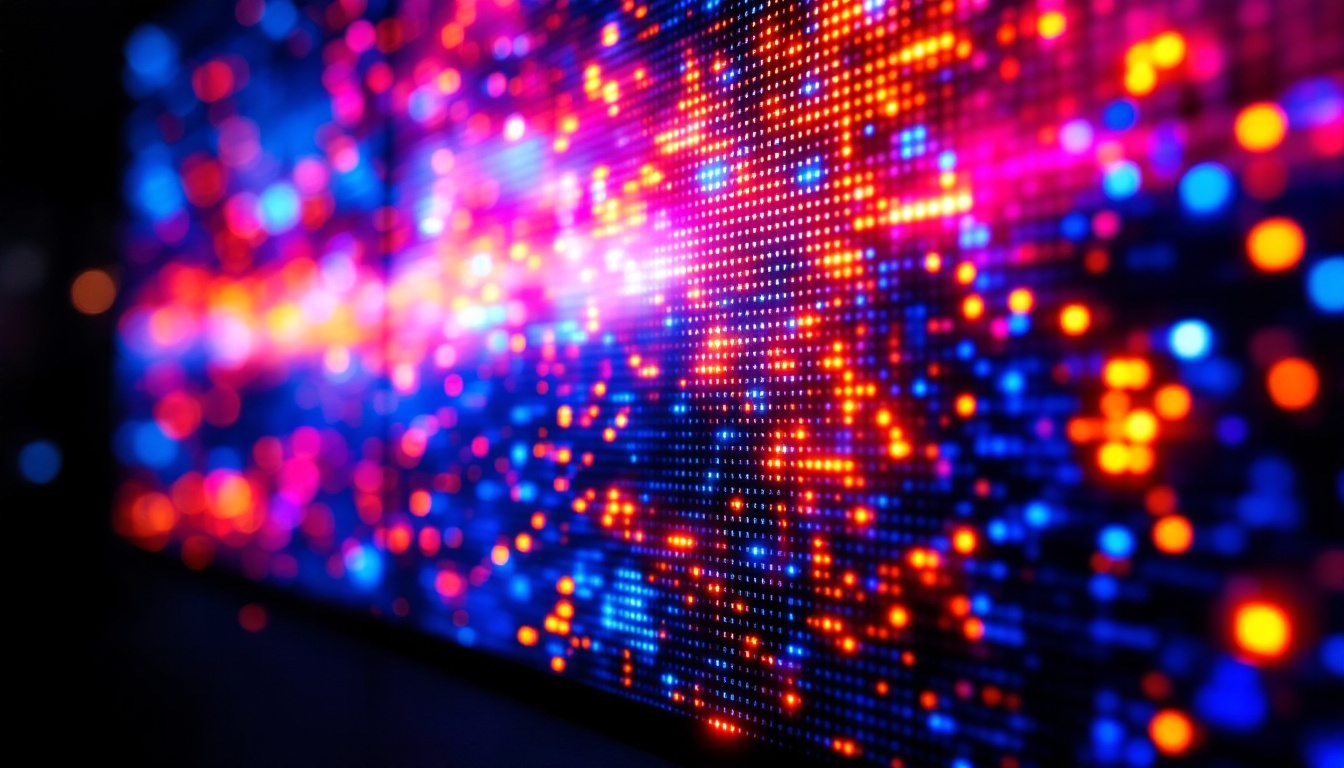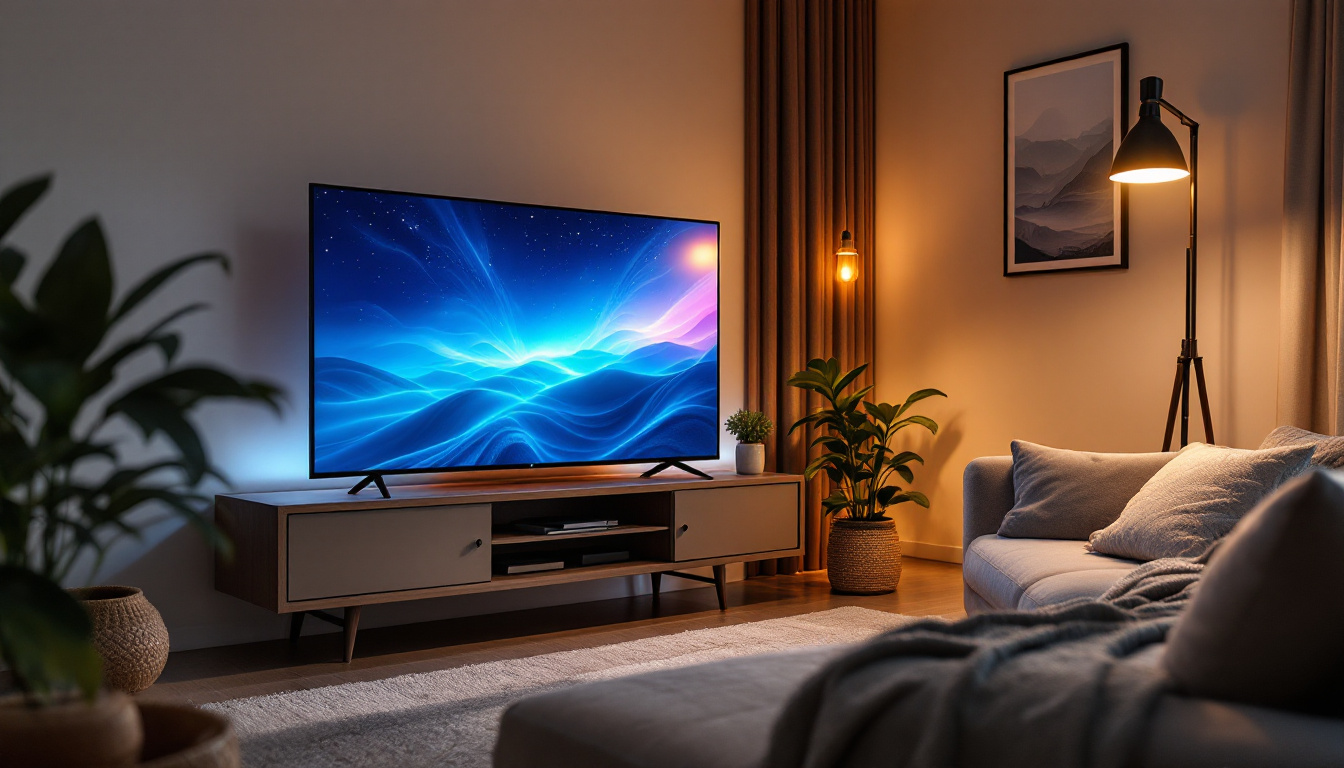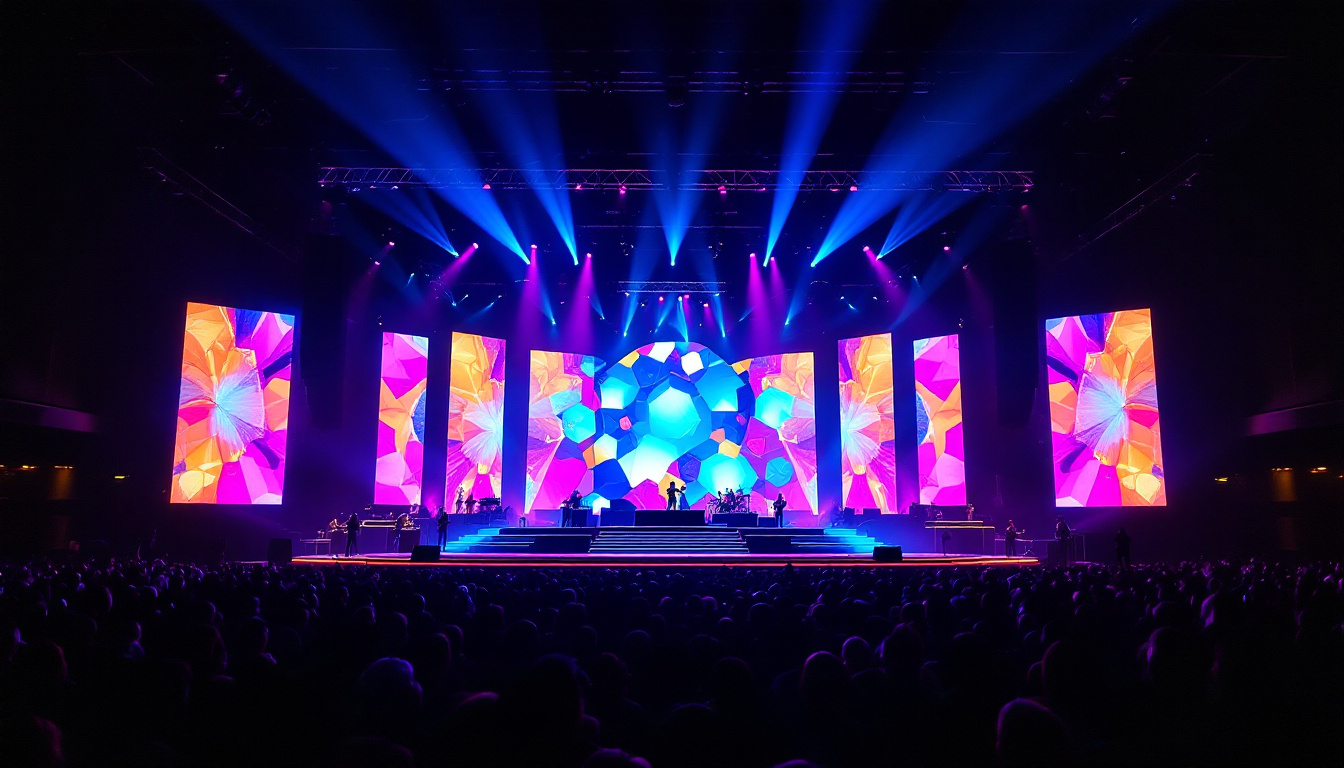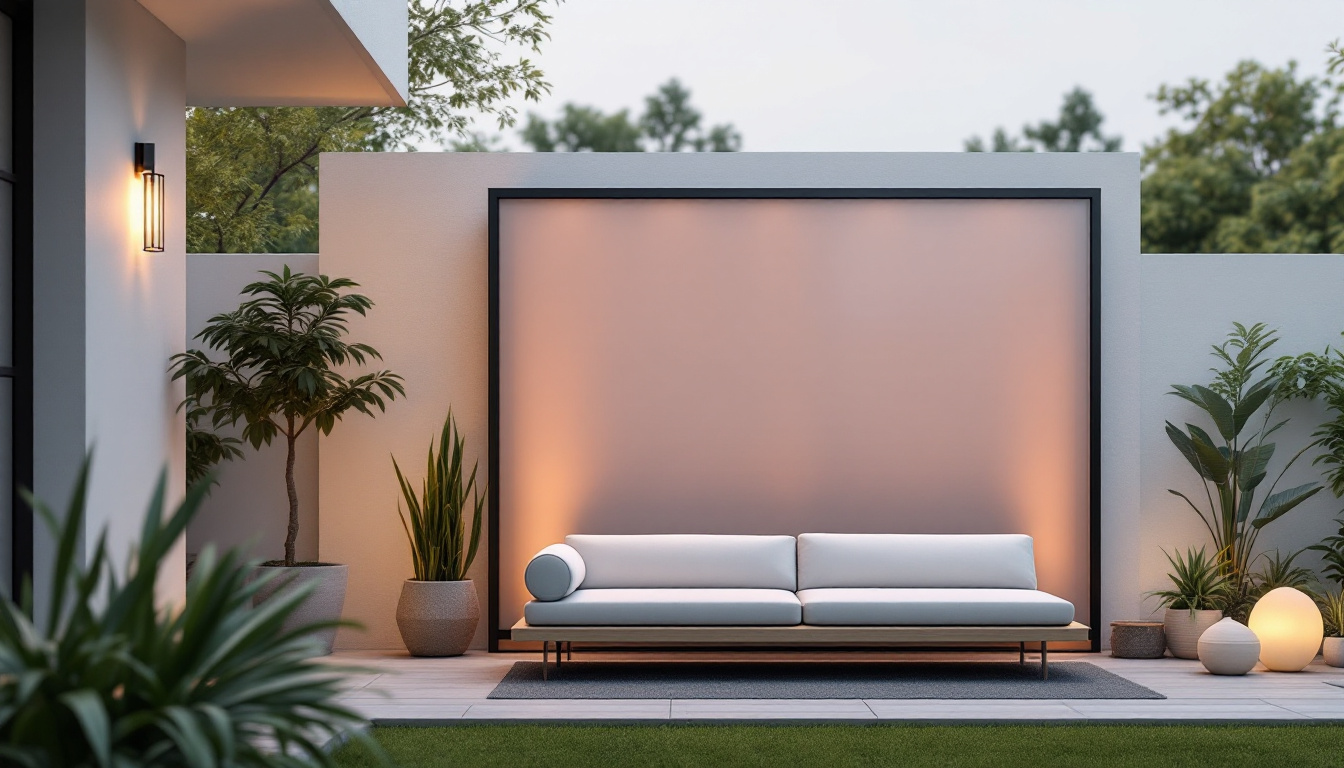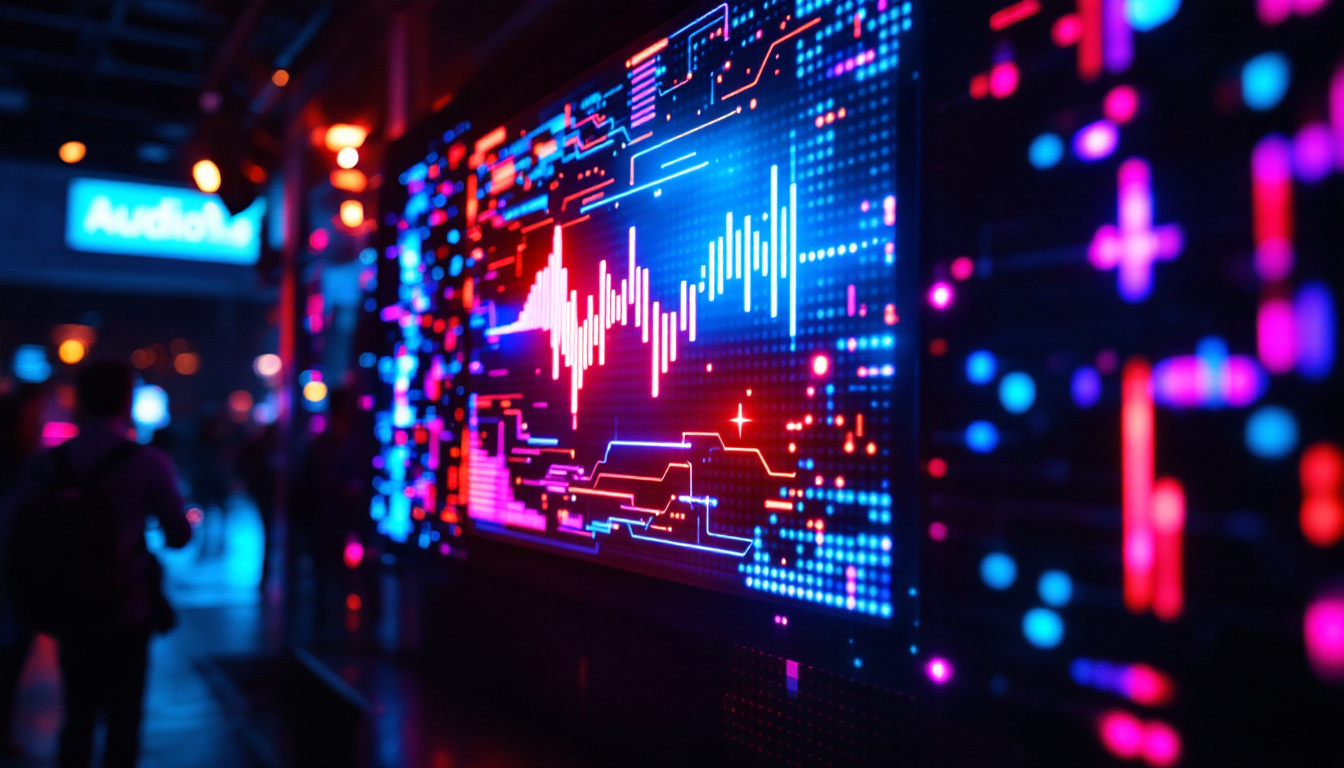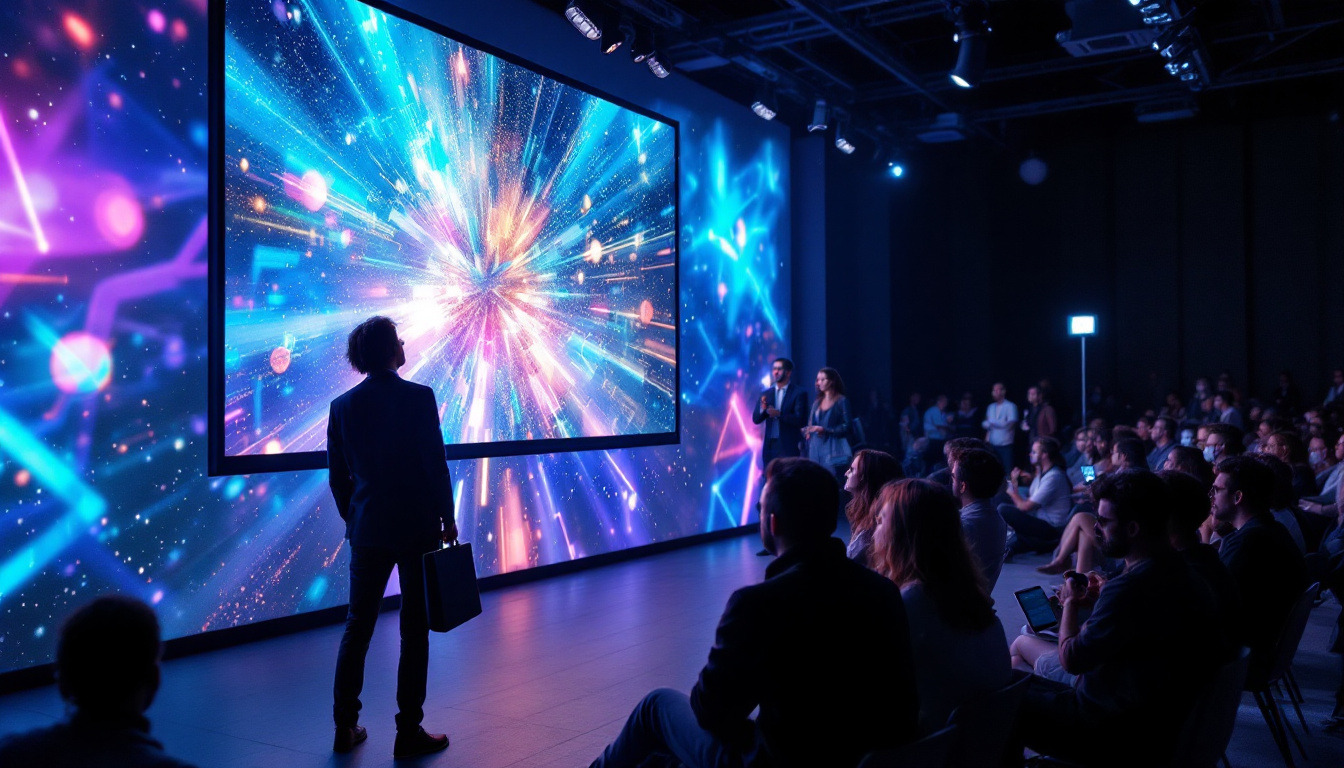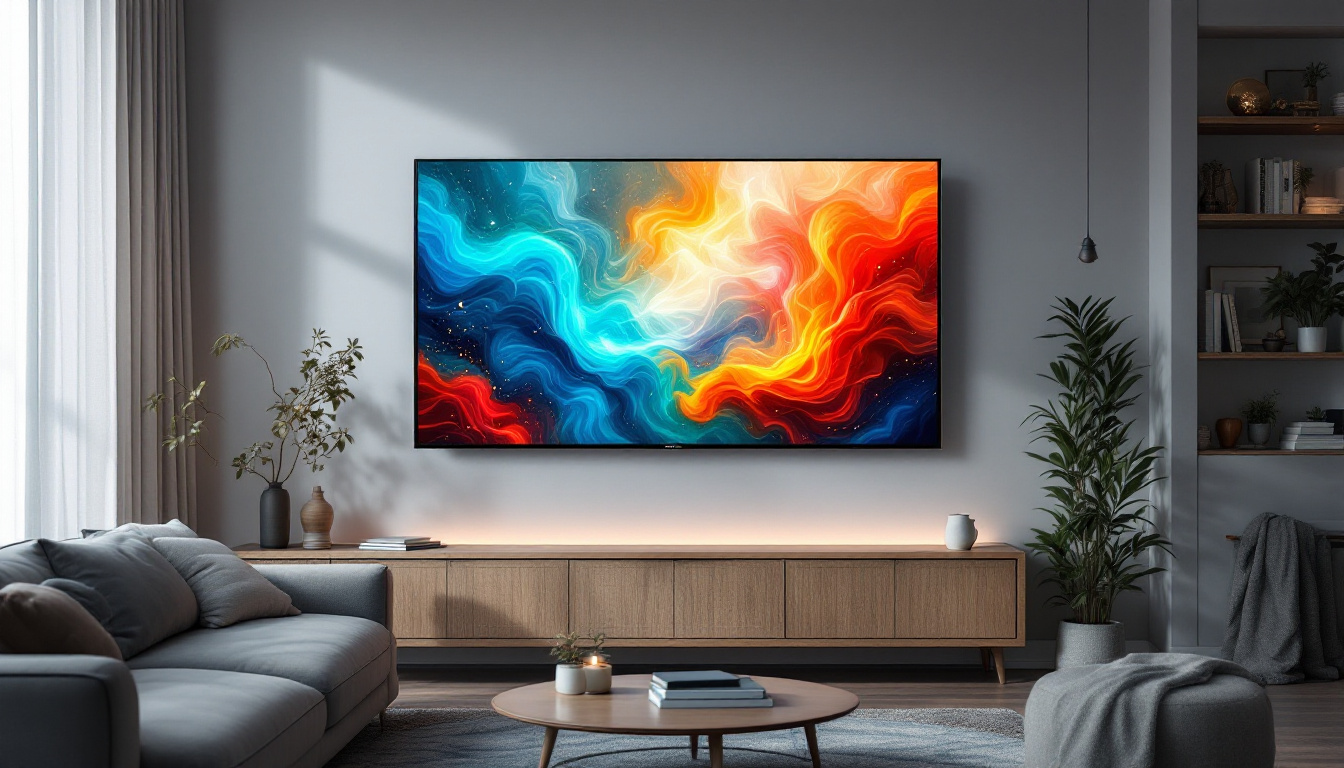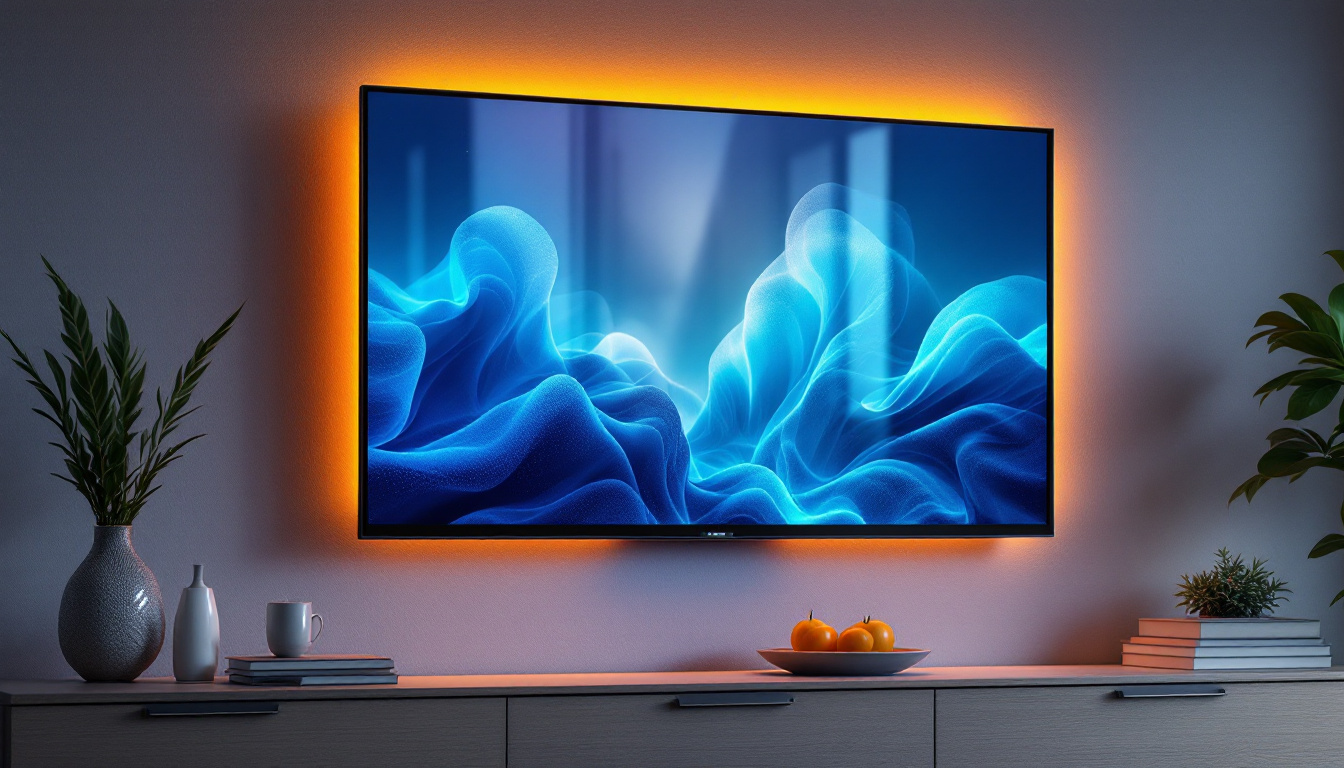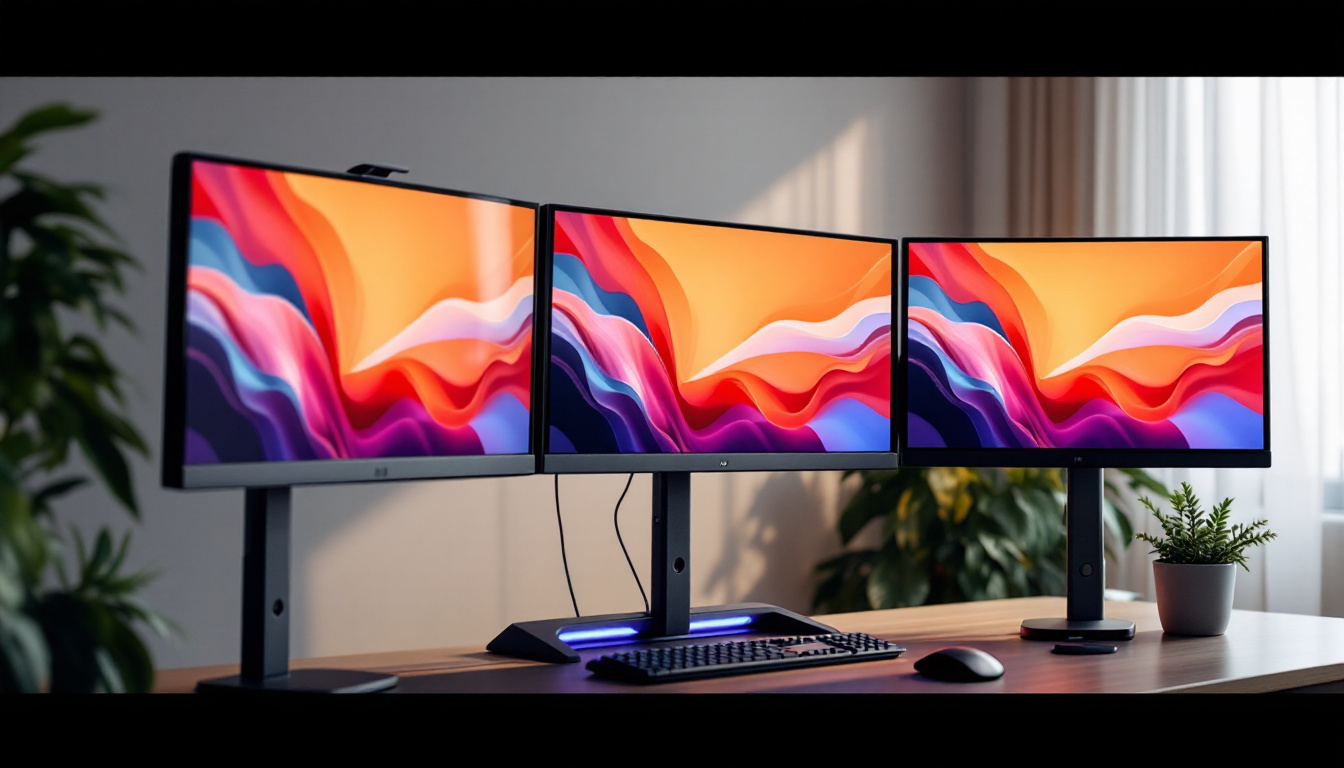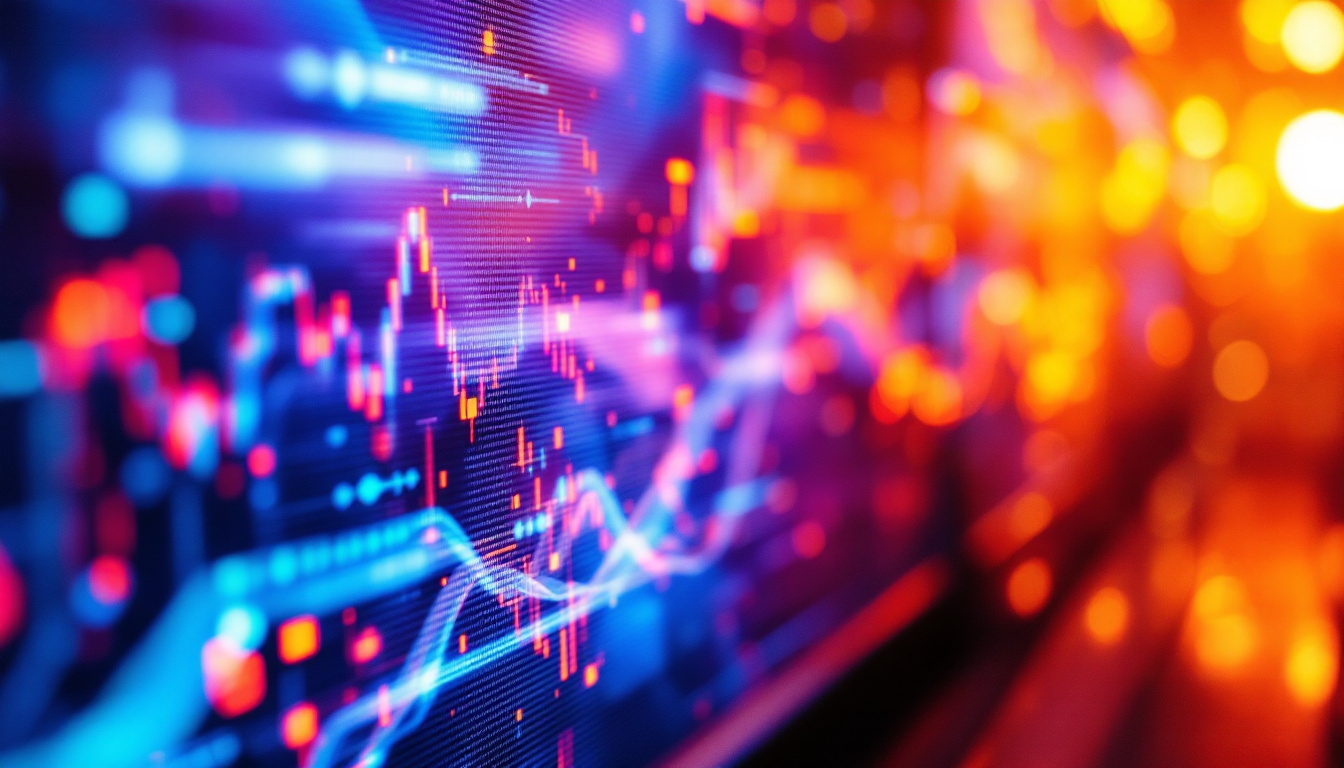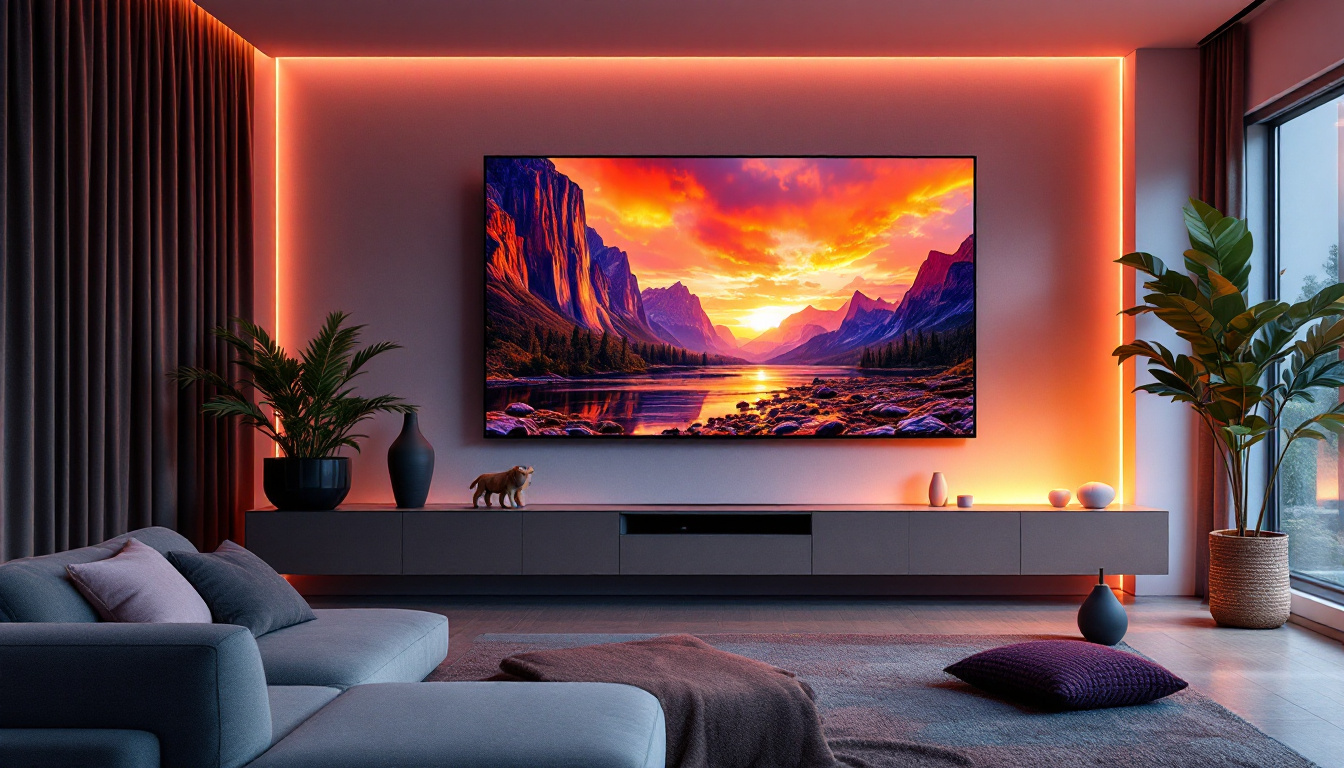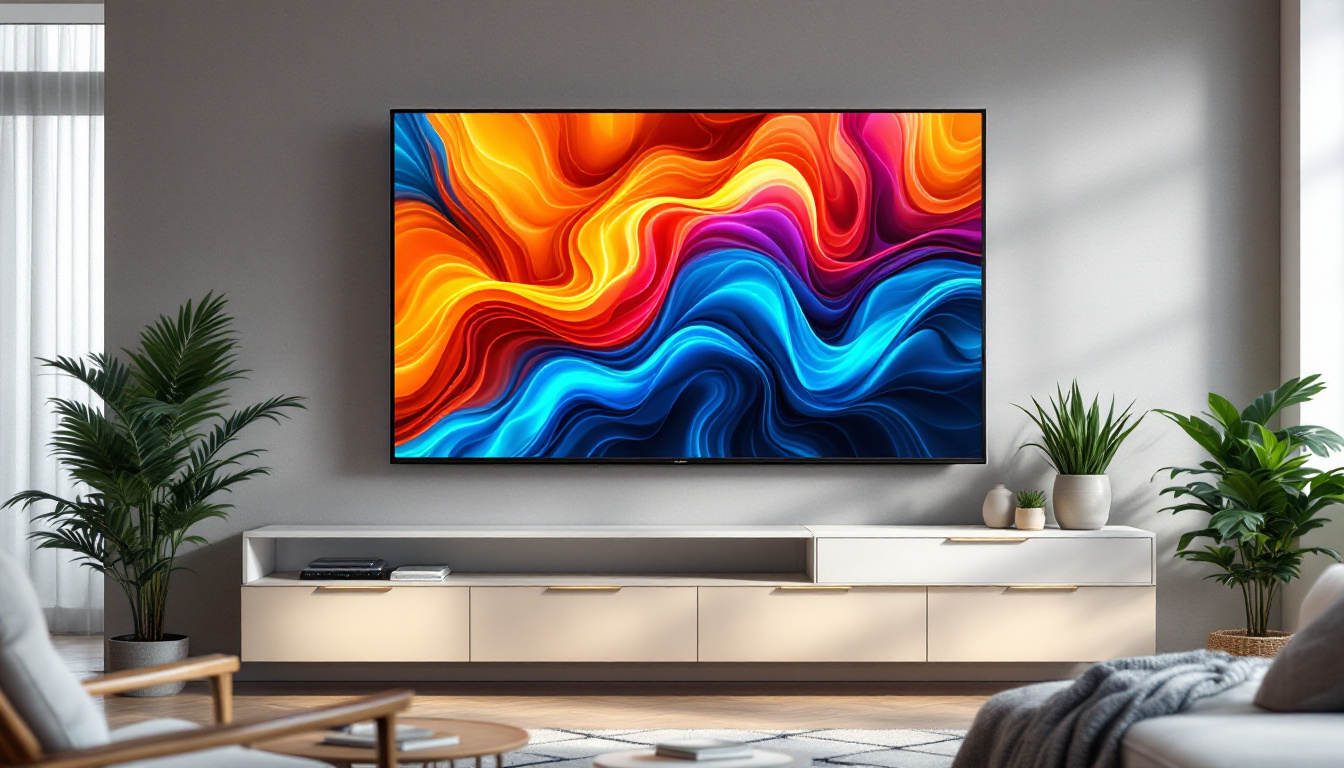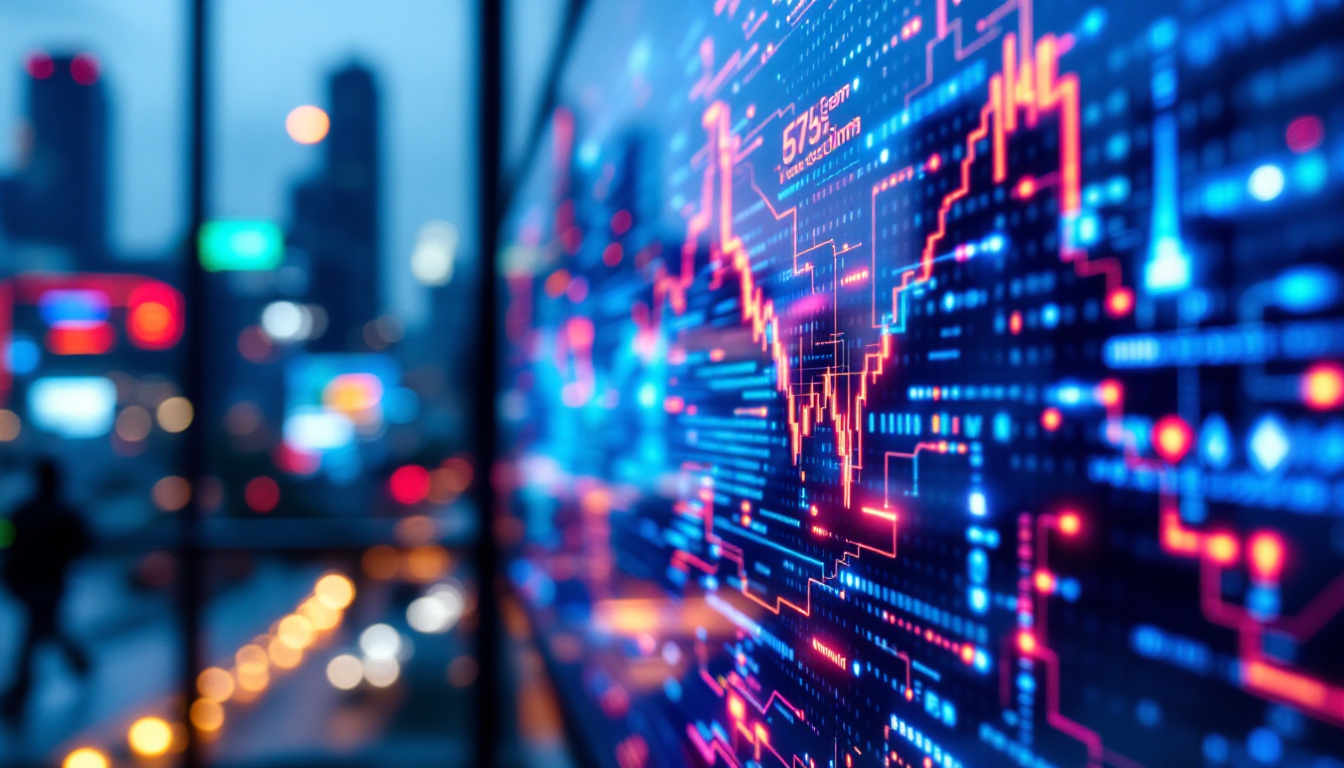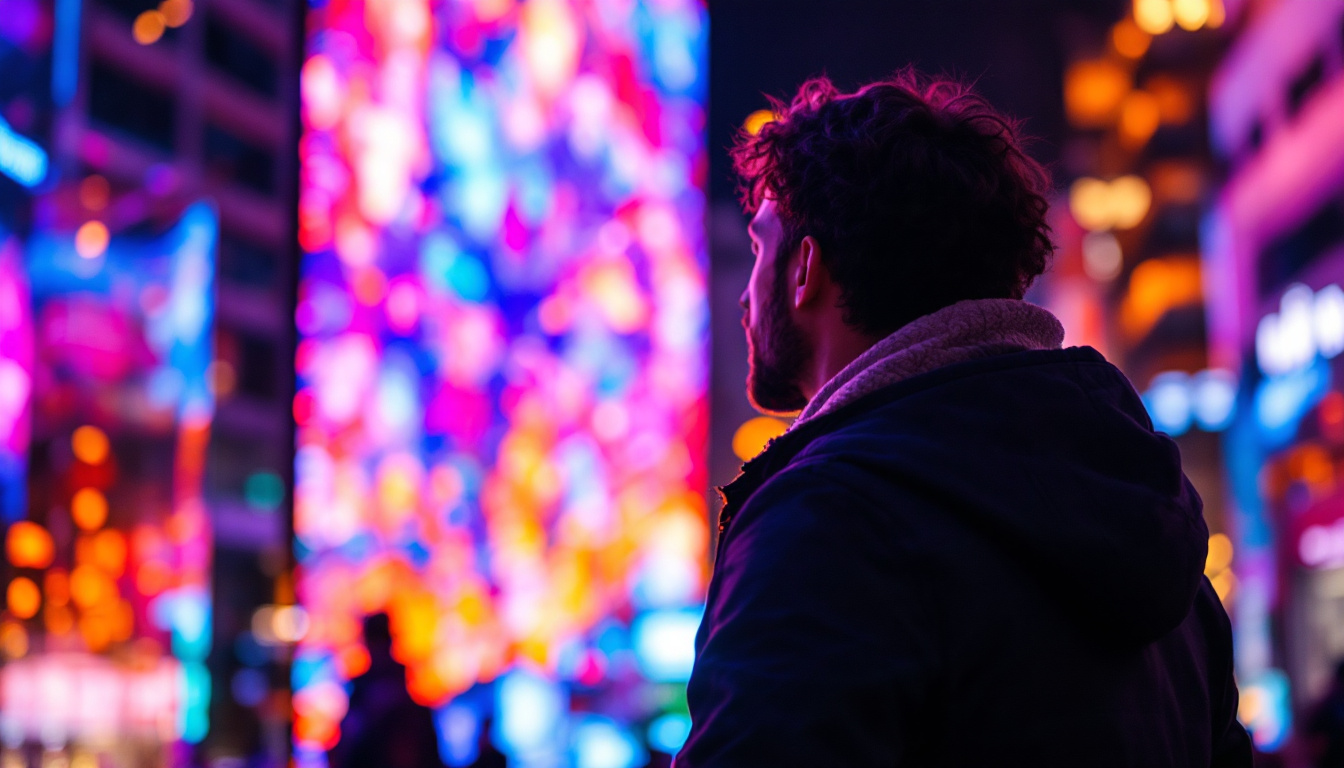In the world of modern technology, LED screens have become ubiquitous. From televisions and computer monitors to advertising billboards and smartphones, LED displays are everywhere. Understanding how these screens work, their advantages, and their applications can provide valuable insights into their significance in today’s digital landscape.
What is an LED Screen?
LED stands for Light Emitting Diode, a semiconductor device that emits light when an electric current passes through it. An LED screen is essentially a display that utilizes these diodes to produce images and videos. Unlike traditional LCD screens that rely on backlighting, LED screens generate their own light, allowing for brighter and more vibrant displays. This self-illuminating property not only enhances the viewing experience but also contributes to energy efficiency, making LED screens a popular choice in both consumer electronics and commercial applications.
The Technology Behind LED Screens
LED screens are composed of numerous tiny diodes that work together to create a cohesive image. These diodes can be arranged in various configurations, including RGB (Red, Green, Blue) setups, where each color is represented by a separate diode. By adjusting the intensity of each color, a wide spectrum of colors can be produced, resulting in stunning visuals. The precision in controlling these diodes allows for intricate details and smooth gradients, making LED screens ideal for everything from high-definition televisions to large-scale advertising displays.
There are two main types of LED screens: direct-lit and edge-lit. Direct-lit LED screens have diodes placed directly behind the screen, providing uniform brightness across the entire display. Edge-lit screens, on the other hand, have diodes positioned along the edges, using light guides to distribute brightness. Each type has its advantages and is suited for different applications. For instance, direct-lit screens are often favored in professional settings where color accuracy is paramount, while edge-lit screens can be thinner and more lightweight, making them suitable for sleek consumer electronics.
Types of LED Displays
LED displays can be categorized into several types based on their application and technology. The most common types include:
- LCD with LED Backlighting: These displays use liquid crystal displays with LED backlighting. They offer improved color accuracy and energy efficiency compared to traditional LCDs.
- OLED Displays: Organic Light Emitting Diode (OLED) displays are known for their exceptional color quality and contrast ratios. Each pixel emits its own light, allowing for deeper blacks and more vibrant colors. This technology is particularly favored in high-end televisions and smartphones, where visual fidelity is crucial.
- MicroLED: This is a newer technology that uses microscopic LEDs to create images. MicroLED displays promise even better performance than OLED, with higher brightness and longevity. They are also more resistant to burn-in, a common issue with OLED screens, making them a promising option for future display innovations.
In addition to these common types, there are also specialized LED displays designed for specific environments. For example, outdoor LED screens are built to withstand harsh weather conditions and are often used for billboards and public announcements. These displays typically have higher brightness levels to ensure visibility in direct sunlight. Similarly, transparent LED screens are gaining popularity in retail environments, allowing for captivating displays that do not obstruct the view of products behind them. The versatility of LED technology continues to expand, paving the way for innovative applications across various industries.
Advantages of LED Screens
LED screens offer numerous advantages over traditional display technologies. Their benefits range from energy efficiency to superior image quality, making them a popular choice for both consumers and businesses alike.
Energy Efficiency
One of the most significant advantages of LED screens is their energy efficiency. Compared to traditional incandescent or fluorescent displays, LED technology consumes significantly less power. This not only reduces electricity costs but also minimizes environmental impact, making LED screens a more sustainable choice. Furthermore, the lower energy consumption translates to less heat generation, which can prolong the lifespan of the display and reduce the need for additional cooling systems in enclosed spaces.
Brightness and Color Quality
LED screens are known for their exceptional brightness levels. They can produce vivid colors and sharp images, even in well-lit environments. This makes them ideal for outdoor advertising and public displays, where visibility is crucial. The ability to deliver high contrast ratios ensures that images appear more dynamic and engaging. Additionally, advancements in LED technology have led to improvements in color accuracy, allowing for a broader spectrum of colors to be displayed. This is particularly beneficial for applications in graphic design and photography, where true-to-life color representation is essential.
Longevity and Durability
LED screens are designed to last longer than traditional display technologies. With a lifespan often exceeding 50,000 hours, they require less frequent replacements. Additionally, LED screens are more resistant to shock and vibration, making them suitable for a variety of environments, including outdoor settings. Their robust construction allows them to withstand harsh weather conditions, such as rain and extreme temperatures, further enhancing their versatility. This durability not only ensures that businesses can rely on their displays for extended periods but also contributes to lower long-term maintenance costs, as fewer repairs or replacements are needed over time.
Versatility in Applications
Another remarkable advantage of LED screens is their versatility in applications. From large-scale billboards to small handheld devices, LED technology can be adapted to fit a wide range of uses. In retail environments, for example, LED screens can be employed for dynamic advertising, showcasing promotions and new products in real-time. In the entertainment industry, they are utilized for concerts and events, providing stunning visual backdrops that enhance the overall experience. Additionally, LED screens are increasingly being integrated into smart home technology, allowing users to control lighting and display preferences through connected devices, thus merging functionality with aesthetic appeal.
Environmental Impact
Beyond energy efficiency, LED screens also have a positive environmental impact due to their reduced use of hazardous materials. Unlike some older display technologies that contain toxic substances such as mercury, LED screens are generally free from such components. This makes them easier to recycle and dispose of responsibly. Moreover, the longer lifespan of LED displays means that fewer screens end up in landfills over time, contributing to a more sustainable electronic waste management system. As consumers and businesses become increasingly aware of their ecological footprint, the shift towards LED technology represents a proactive step towards greener practices in the display industry.
Applications of LED Displays
The versatility of LED screens has led to their adoption in numerous fields. Their applications span across various industries, enhancing both functionality and aesthetics.
Advertising and Marketing
In the advertising sector, LED displays are a game-changer. Billboards and digital signage utilize LED technology to capture attention with vibrant visuals. These displays can be updated in real-time, allowing businesses to promote new products, services, or events instantly. The dynamic nature of LED advertising ensures that messages remain fresh and engaging.
Entertainment and Events
LED screens play a pivotal role in the entertainment industry. Concerts, festivals, and sporting events often feature large LED displays to enhance the audience experience. These screens can show live feeds, graphics, and animations, creating an immersive environment that captivates viewers. Their ability to deliver high-quality visuals in various lighting conditions makes them a preferred choice for event organizers.
Healthcare and Education
In healthcare, LED displays are used for patient information systems, digital signage, and telemedicine applications. They provide clear and accessible information to patients and staff, improving communication within healthcare facilities. In educational settings, LED screens are employed for interactive learning, presentations, and announcements, fostering a more engaging learning environment.
Challenges and Considerations
Despite their many advantages, LED screens are not without challenges. Understanding these limitations is essential for making informed decisions regarding their use.
Cost
The initial investment for LED technology can be higher than traditional display options. While the long-term savings in energy consumption and maintenance costs can offset this, the upfront expense may deter some businesses or individuals from making the switch. Careful consideration of the total cost of ownership is crucial when evaluating LED displays.
Viewing Angles
Another challenge with LED screens is their viewing angles. While many modern LED displays have improved in this regard, some still suffer from color distortion and reduced brightness when viewed from extreme angles. This can be a concern in applications where multiple viewers are positioned at different angles relative to the screen.
Heat Generation
LED screens can generate heat during operation, especially in larger displays. This heat can affect performance and longevity if not managed properly. Adequate cooling systems or ventilation may be necessary to ensure optimal functioning, particularly in high-demand environments.
Future of LED Technology
The future of LED technology looks promising, with ongoing advancements that aim to enhance performance and expand applications. As technology continues to evolve, several trends are emerging in the LED display landscape.
Advancements in MicroLED
MicroLED technology is gaining traction as a potential successor to OLED. With its ability to deliver superior brightness, color accuracy, and energy efficiency, MicroLED displays are expected to revolutionize the market. As production techniques improve and costs decrease, MicroLED could become the standard for high-end displays.
Integration with Smart Technology
As smart technology becomes increasingly prevalent, LED displays are being integrated into smart systems. This includes features like touch interactivity, connectivity with IoT devices, and compatibility with augmented and virtual reality applications. Such integration opens up new possibilities for user engagement and functionality.
Environmental Sustainability
With growing concerns about environmental sustainability, the LED industry is focusing on eco-friendly practices. This includes using recyclable materials in manufacturing and improving energy efficiency. As consumers become more environmentally conscious, sustainable practices will likely play a significant role in the future of LED technology.
Conclusion
LED screens have transformed the way we interact with visual content. Their unique technology, combined with numerous advantages, has made them a preferred choice across various industries. While challenges exist, ongoing advancements promise to address these issues and further enhance the capabilities of LED displays.
As technology continues to evolve, the potential applications for LED screens are limitless. From advertising to healthcare, the impact of LED technology will only grow, making it an essential component of the modern digital landscape. Understanding LED displays is not just about recognizing their current applications but also about anticipating the future they will shape.
Discover the Future of Visual Display with LumenMatrix
As you contemplate the vast potential and future of LED technology, consider LumenMatrix as your partner in innovation. With our extensive range of LED display solutions, from Indoor and Outdoor LED Walls to specialized displays for vehicles, sports, and custom applications, we are at the forefront of creating immersive and dynamic visual experiences. Embrace the power of LED technology to elevate your brand’s presence and captivate your audience. Check out LumenMatrix LED Display Solutions today and step into the future of visual communication.

